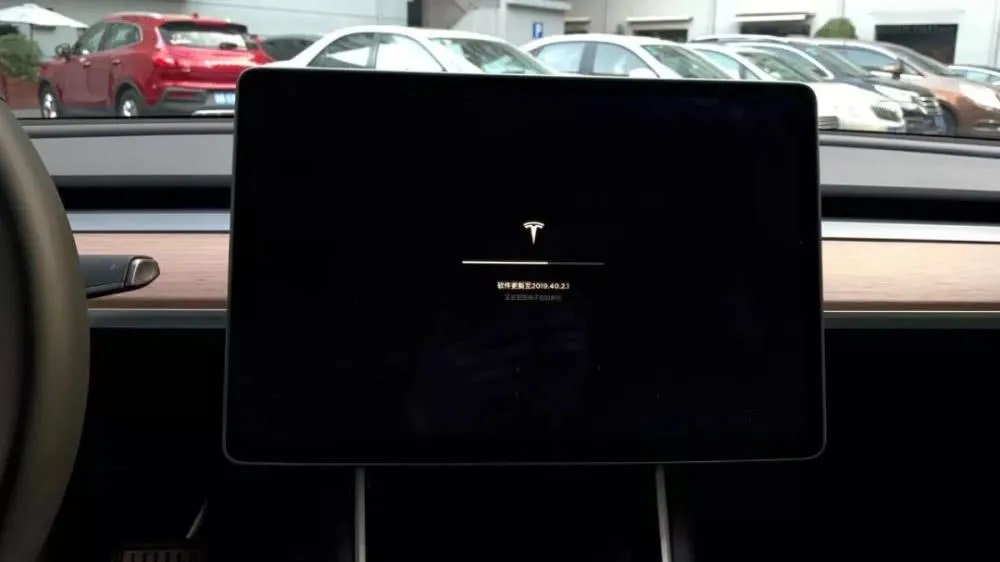On December 10, 2019, Tesla began to push the software version 2019.40.2.1 on a large scale, which contains three updates: improved automatic wipers, improved automatic lane change, added license plate restrictions, and improved navigation guidance view.
The content of this update is not as rich as in North America, but through this update, we can see that Tesla is starting to make efforts towards NoA on urban roads and localization in China.

Quick and Confident Lane Change with Turn Signal On
Let’s first take a look at the version description.
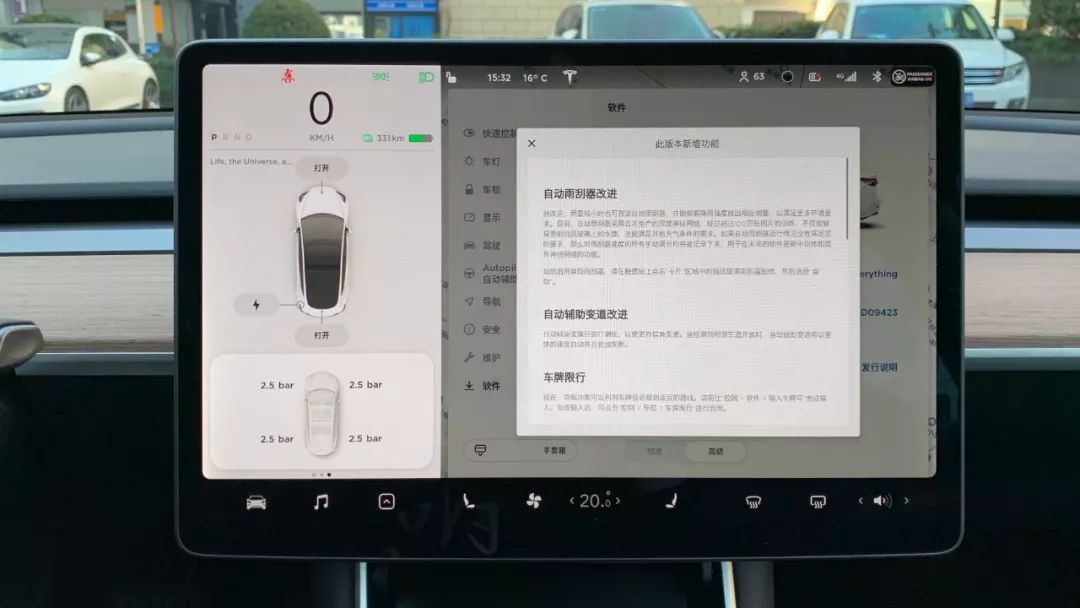
Improved Automatic Lane Change now provides faster lane changes and a higher degree of confidence when there is an adjacent vehicle detected in the target lane.
In short, the updated turn signal automatic lane change has a higher success rate, and the experience is closer to human driving habits.
We tested the vehicle’s ability to change lanes automatically with turn signals in three scenarios.
- Sparse Traffic Flow
Under sparse traffic flow conditions, using turn signal automatic lane change, the vehicle can almost start changing lanes immediately after the turn signal lever is moved, if we have to use one word to describe it, it is “quick and decisive.” The whole process is very crisp. In the old version, after turning the turn signal lever down, the vehicle would wait for about 1 second before starting the lane change action.
- Smooth Traffic Flow
Under smooth traffic flow conditions, the success rate of using turn signal lane change is higher than in the old version, and the vehicle’s decision making is more decisive.
If there is a car in front of the target lane and no car behind it, the system will actively reduce the speed and merge into the target lane without hesitation.
If there are cars in front and behind, the system will continue to monitor the target lane. Once there is a gap, it will immediately merge into the target lane.
- Crawling Traffic Flow
In a crawling traffic flow, we do not recommend using turn signal automatic lane change.
On the one hand, under low-speed crawling conditions, the camera is not accurate in detecting the external environment, and on the other hand, the reaction speed of AP is slow when driving at low speeds. When the preceding vehicle has already accelerated and left, the vehicle cannot catch up quickly. Although it can still be used in such road conditions, the overall performance is not good. Instead, due to the delayed action, it is a bit like a roadblock.
In summary, the updated turn signal automatic lane change has a more human-like driving experience for smooth road sections, which mainly embodies three points.Point 1: The speed change when changing lanes in each speed zone is neither too fast nor too slow, but just right. It does not make the passengers in the car uncomfortable or the driver feel sluggish.
Point 2: When changing lanes, the speed change matches very well. Many of the lane change demands when driving at high speed are actually to overtake slower cars. When we manually change lanes, we add some gas while turning, and may have already overtaken the slower car in the original lane while completing the lane change.
However, many vehicles with automatic lane change turn signals that I have experienced tend to shift to the target lane according to the original speed before accelerating, which makes the whole process a bit sluggish and different from the driving habits of humans. Therefore, the experience is not particularly good.
Point 3: Currently, there is no need for a very large gap between the vehicles in front and behind the lane. Most of the space we think we can merge into during our daily driving can also be achieved by Model 3, without overly large space. This can effectively improve the driver’s perception of the success rate of lane changing.
It is still not recommended to use Autopilot in low-speed creeping state, and overall, Tesla’s Autopilot is the best-performing model among all the models that support automatic lane change turn signals, and it is far ahead.
Tesla’s assisted driving hardware for all models consists of 8 cameras + 1 front millimeter-wave radar. That is to say, Tesla, which takes a pure visual recognition route, recognizes the vehicles on both sides and behind the car through visual perception, and makes decisions and executes them.
Faster lane changing speed means that during the short lane changing process, the system not only needs to accurately recognize the vehicles behind it but also make decisive decisions. This undoubtedly raises the requirements for the real-time computing ability of Tesla’s assisted driving chip and software logic to another level.
In addition to the optimization of the automatic lane change turn signals, there is another change about AP.
In the old software version, the target speed of the ACC can only be set to 30 km/h or above. But in the new software version, the target speed of the ACC can be any non-zero value, which means that the vehicle can crawl at a speed of 2 km/h if you want to.
Although it seems almost impossible for current vehicles to achieve fully automatic driving (Full Self Drive) before 2020, from the two updates about AP in this article, Tesla is undoubtedly beginning to make efforts to autonomous driving in urban roads.
Autonomous driving on urban roads will be launched later this year.Translate the following Markdown Chinese text into English Markdown text in a professional way, keeping the HTML tags inside Markdown and only outputting the final result.
In addition, according to information released by foreign netizen Green, Tesla’s backend system has already included models of traffic lights and STOP signs. This also confirms that Tesla has started to make efforts towards NoA on city roads.
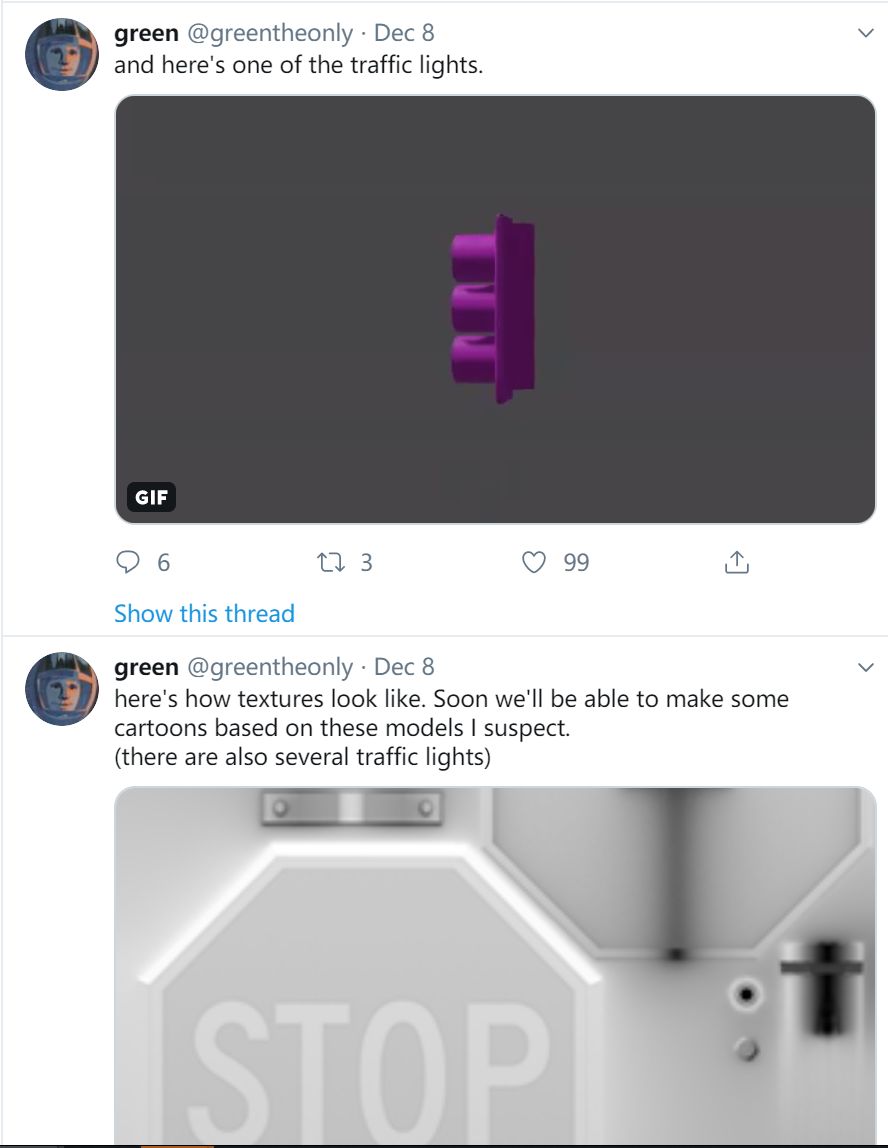

Advanced-sounding Automatic Wipers
Tesla’s automatic wipers have always been criticized. Compared to traditional car models, Tesla has canceled the rain sensor and instead relies on the three-camera system used to identify road conditions ahead to sense the amount of rain, thus automatically adjusting the frequency of wipers based on the amount of rain.
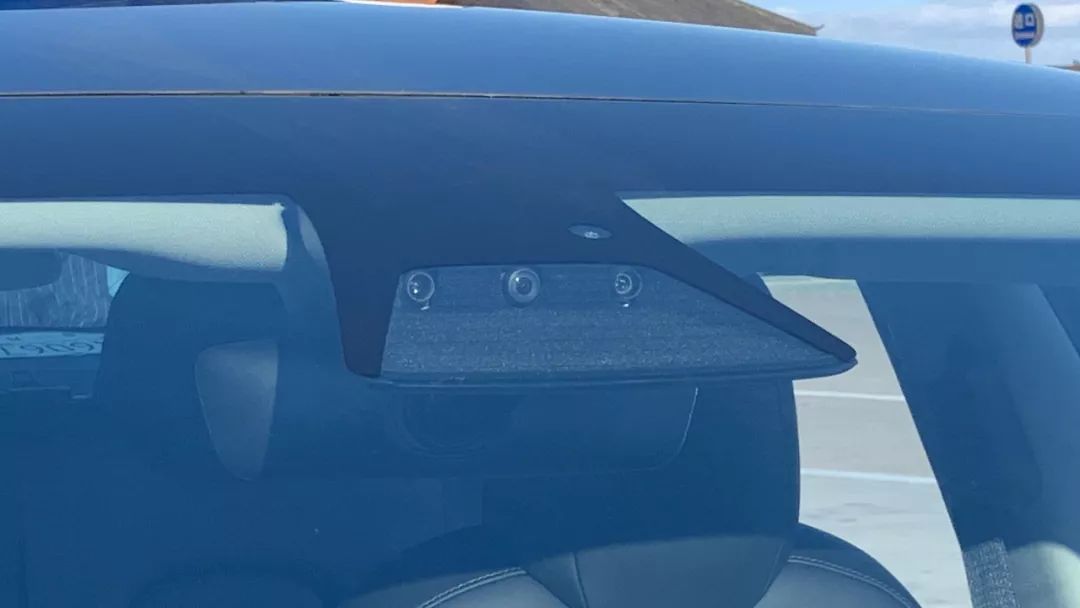
Pretty amazing, isn’t it? However, unfortunately the recognition effect is not satisfactory. In small to moderate rainy conditions, the sensitivity of the automatic wipers is poor and the adjustment speed cannot keep up with the changes, often requiring manual adjustment.
Although the use of traditional rain sensors in traditional car models is not much better, the Model 3 has worsened the situation by canceling not only the rain sensor, but also the wiper lever.
The physical button that can control the wipers is only a button on the left-hand stalk of the steering wheel. It wipes once when pressed. If you want to adjust to a fixed frequency, you can only do so via the car’s central control screen. It’s a poor experience in environments with frequent changes in rain intensity.
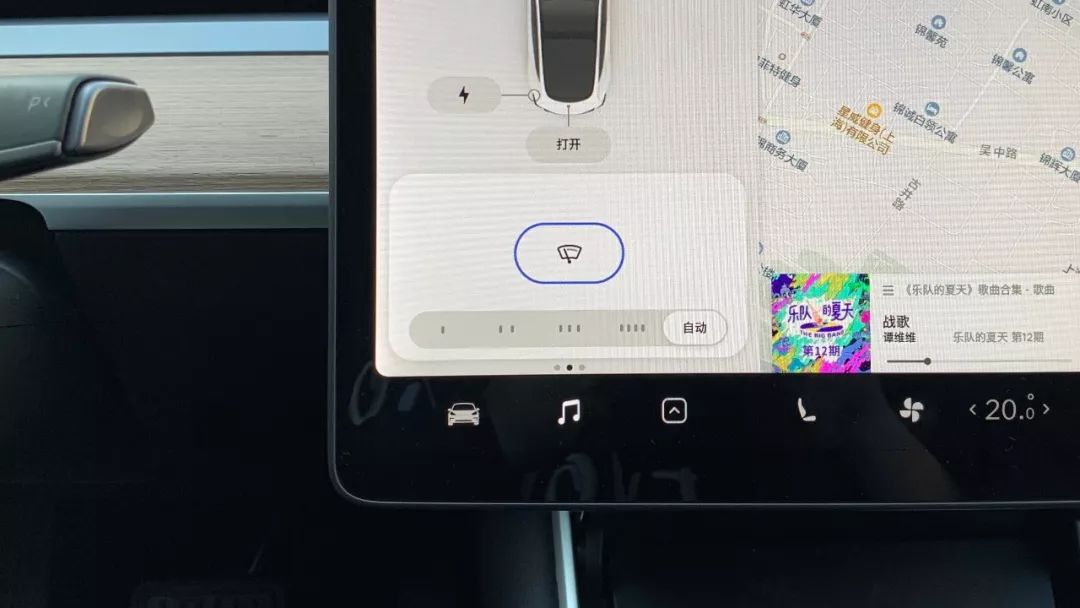
In order to reduce the length of the vehicle’s wiring harness, cut unnecessary hardware, and achieve higher integration and automation, this is what Tesla has been pursuing. However, the road to pursuit is bound to be littered with numerous small and large pits, and we can only fill them in ourselves.
As for the way to fill the pits, Tesla has directly applied its self-developed Deep Rian™ neural network.
After being trained on 1 million images, this system can not only detect water droplets on the windshield, but also meet other weather-related needs. If the performance of the automatic wipers does not meet the requirements, the manual adjustment of the wiper speed during use will also be recorded and used for training and improving the neural network’s functions in future software updates.
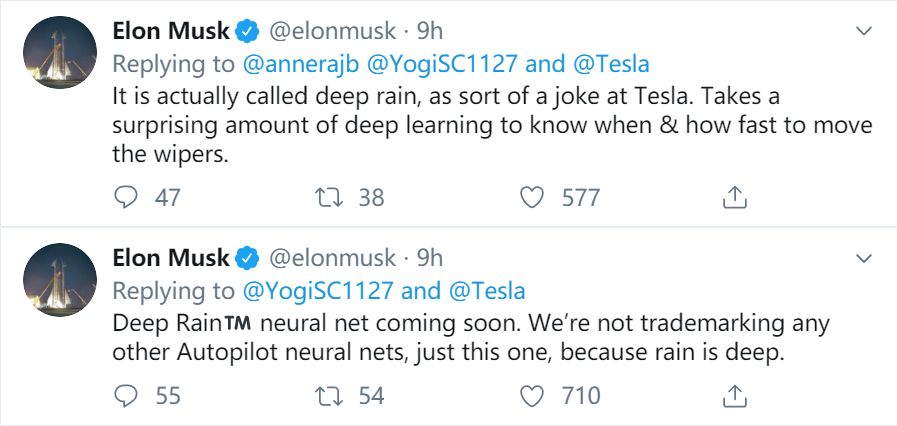
How about it? Does it sound more awesome now? However, there are mixed opinions about the automatic wiper optimization.
Some netizens say that Tesla has solved a problem that other cars do not have with high technology.
There are also netizens (Sunny, a dual owner of Tesla and NIO) who say that even before wiping, it already looks clean just by looking at the name…
As for the actual effect, let’s wait for the real test on a rainy day.

Accelerating Localization Process
In addition to the above two points, Tesla also optimized the navigation experience in this software update, but the optimization content is limited, only adding license plate restriction function and improving the navigation guide view, which will not be elaborated here.
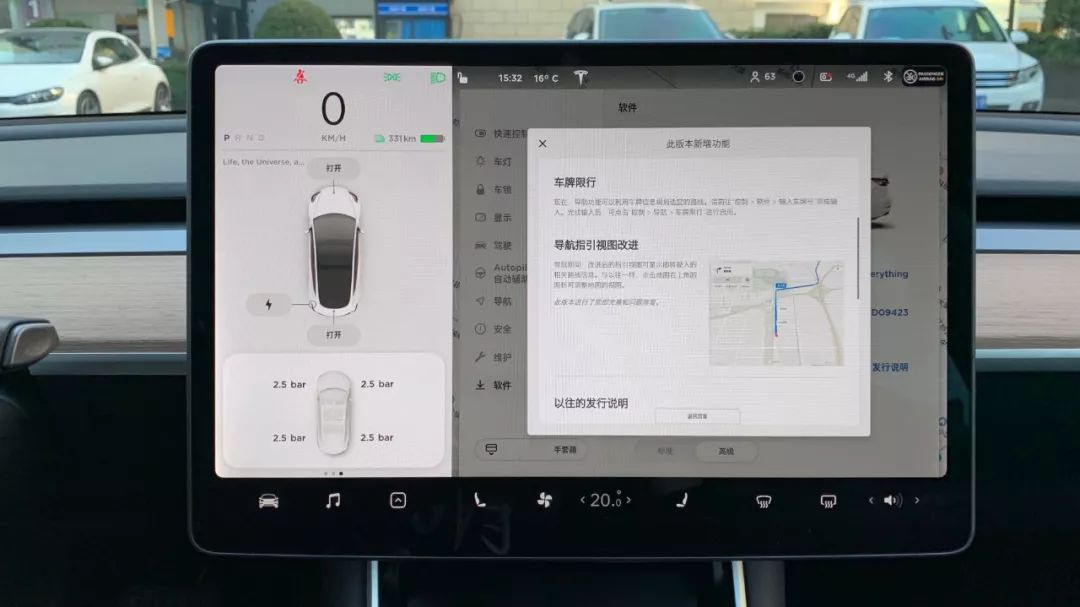
It is worth mentioning that Tao Lin, Tesla’s Vice President of External Affairs, publicly responded to netizens on Weibo, suggesting that maps are being improved and will be updated soon. She also said that AP will continue to be upgraded rapidly, especially in optimizing for different road conditions, and welcomes everyone to provide various feedback.
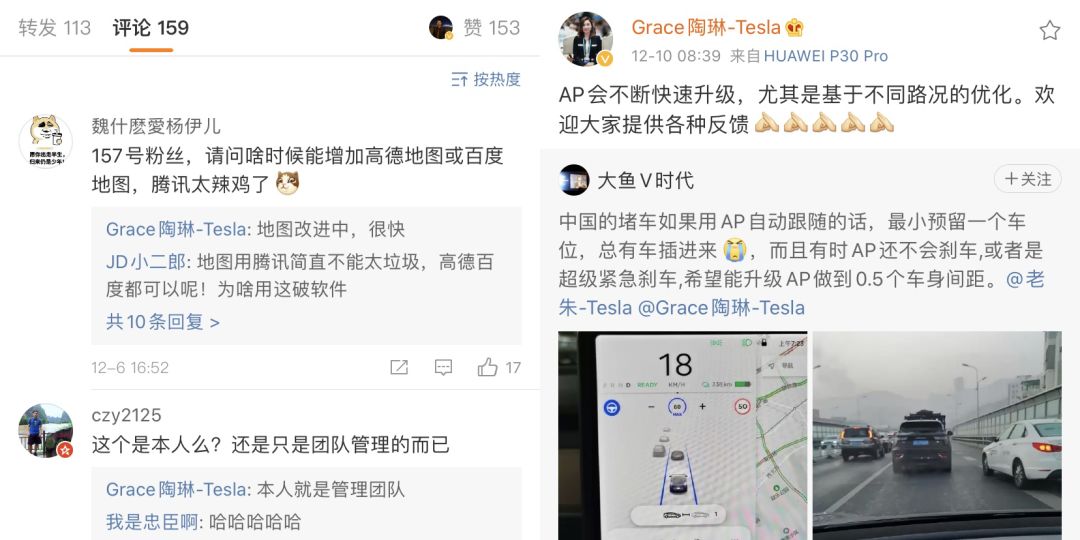
Moreover, all Tesla executives have joined Weibo, and more importantly, these accounts are operated by the executives themselves, which means that many issues reported by netizens can be first-hand noticed by the top management and responded to publicly.
Two and a half months ago, Elon Musk also publicly stated on Twitter that Tesla is establishing an important engineering team in China, which will be dedicated to the development of factories and vehicle software/firmware!
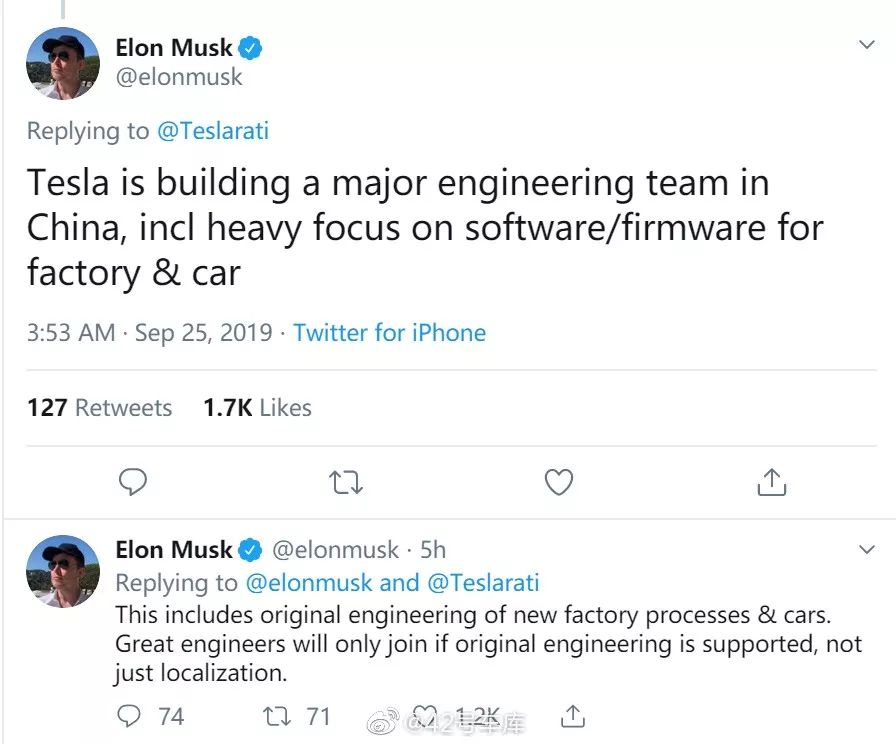 Undoubtedly, with the construction of Tesla’s Shanghai factory, the significance of the Chinese market to Tesla is becoming more and more important. In order to further expand its market share in China, localization optimization is essential. From the updated content to Tesla executives’ Weibo posts, to the recruitment information about Tesla’s Shanghai factory, there is no doubt that the wheel of localization will continue to roll forward!
Undoubtedly, with the construction of Tesla’s Shanghai factory, the significance of the Chinese market to Tesla is becoming more and more important. In order to further expand its market share in China, localization optimization is essential. From the updated content to Tesla executives’ Weibo posts, to the recruitment information about Tesla’s Shanghai factory, there is no doubt that the wheel of localization will continue to roll forward!
Conclusion:
The 2019.40.2.1 version software update not only has the ability to improve, but also optimizes the shortcomings of the previous version. I not only see hope for NoA in urban road, but also hope for localization in China.
OTA brings the possibility of vehicle growth, but also brings the possibility of new bugs. We cannot deny the value of OTA just because it may bring the risk of software crashes to vehicles. We also cannot rely on OTA to fix all problems. We look forward to the next growth of Tesla vehicles by using OTA reasonably.


-
Preparing for Tesla’s domestic production in 2020* Tesla launches new “Stop Mode” to further simplify driving? I made myself dizzy
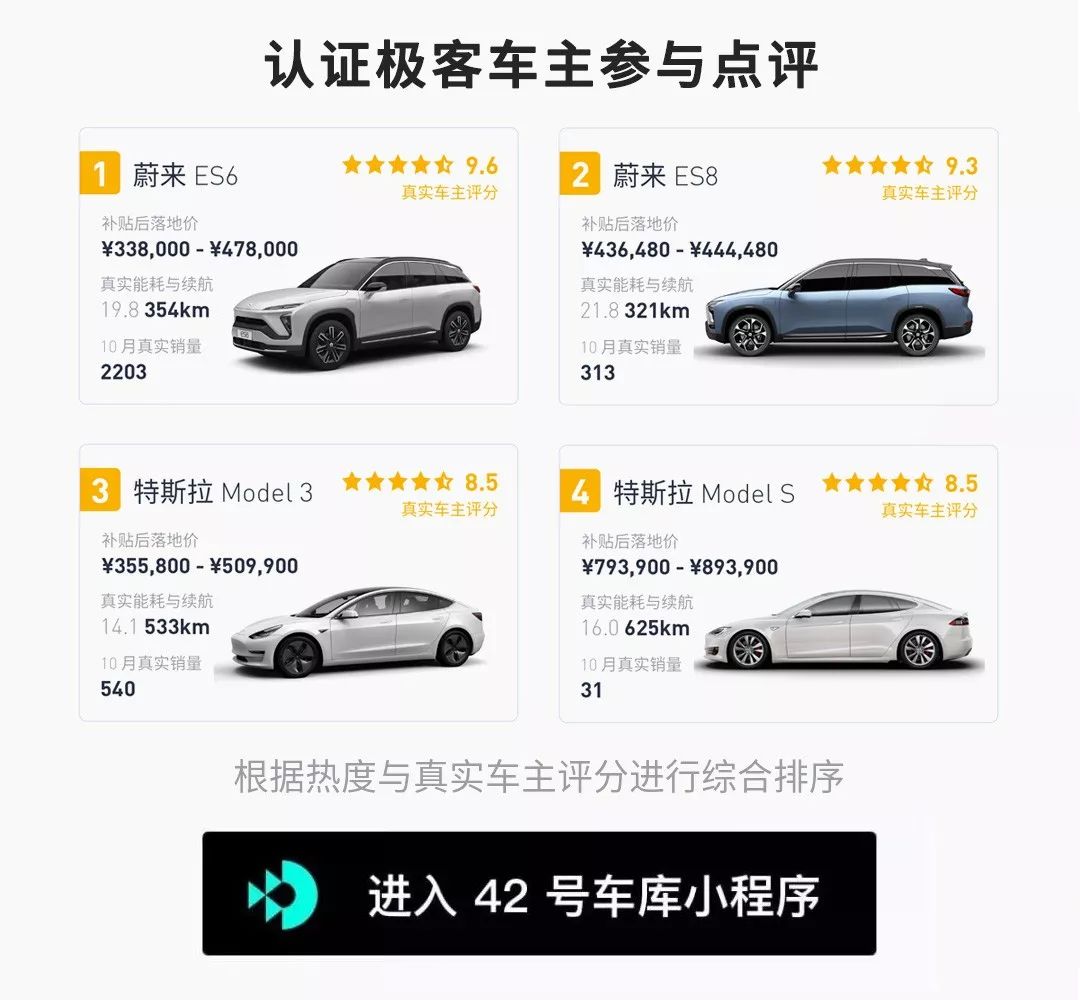
This article is a translation by ChatGPT of a Chinese report from 42HOW. If you have any questions about it, please email bd@42how.com.
